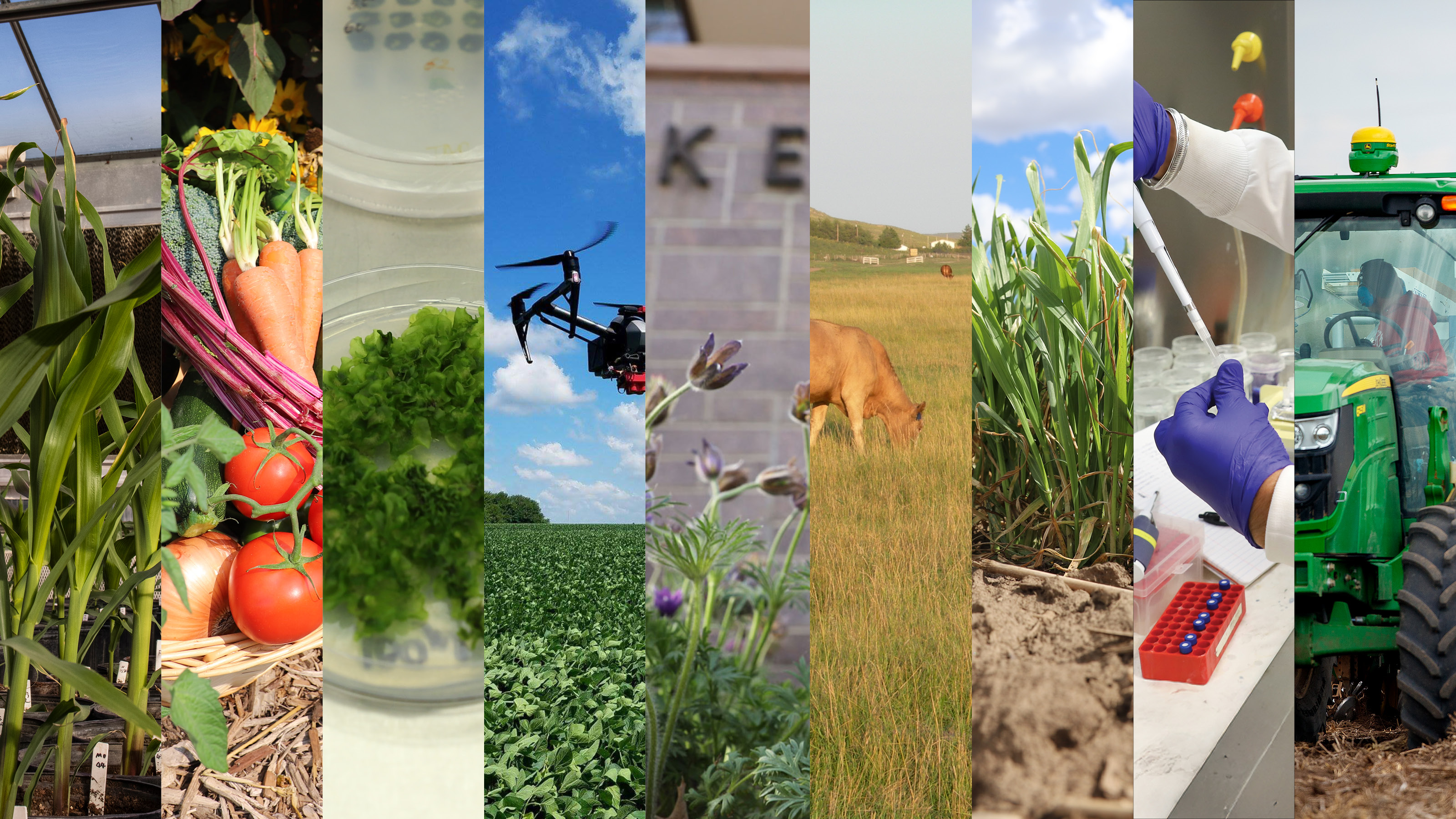March 3 – 4, 2026
Nebraska Innovation Campus, Lincoln, Nebraska
Sponsorship Deadline is January 14.
ABSTRACT SUBMISSION deadline is February 1 and the REGISTRATION deadline is February 16.
Why This Conference?
The Department of Agronomy and Horticulture is hosting a showcase and strategy conference to highlight our collective achievements in teaching, research and extension. This event will:
- Demonstrate public value of our work for agriculture, the environment, and society.
- Showcase innovative and emerging programs aligned with Nebraska’s needs.
- Build connections across disciplines and strengthen partnerships with industry, agencies, commodity boards and community stakeholders.
- Engage graduate students and highlight their role in advancing innovation.
Together, we will celebrate accomplishments, share ideas and shape the future of agriculture and horticulture in Nebraska and beyond.
Benefits to the Community
- Networking opportunities with faculty, students, industry, agencies and stakeholders.
- Insights into cutting-edge research and extension programs addressing sustainability, soil health, water quality and crop productivity.
- Strategic collaboration opportunities to address current and future challenges.
- Direct engagement with advisory board members, policymakers and community leaders.
Agenda
Wednesday, March 4, 2026
Nebraska Innovation Campus
| 7:30 – 8:30 am | Check-in, coffee and pastries |
| 8:30 – 8:45 am | Welcome and Introductions: Tiffany Heng-Moss, Interim IANR Vice Chancellor, and Martha Mamo, Department of Agronomy and Horticulture Head |
| 8:45 am – 10 am | Interdisciplinary Projects
Session Coordinator & Chair: Javed Iqbal |
| 10 – 10:15 am | Break |
| 10:15 – 11:15 am | Stakeholder Panel (5-6 participants) Session Coordinator & Chair: David Meyer |
| 11:30 am – 1 pm | Lunch and Keynote Address |
| 12:15 pm | Keynote Address: Jackson Stensel, Sentinel Fertigation |
| 1 – 3 pm | Department Focus Area Highlights
Session Coordinator & Chair: Sam Wortman |
| 3 – 4:30 pm | Roundtable Discussion with Stakeholder’s Feedback Feedback (3 of 5 rotating discussions, 30 minutes each)
Session Coordinator & Chair: Jinliang Yang |
| 4:30 – 5 pm | Closing Remarks Speaker: Martha Mamo |
